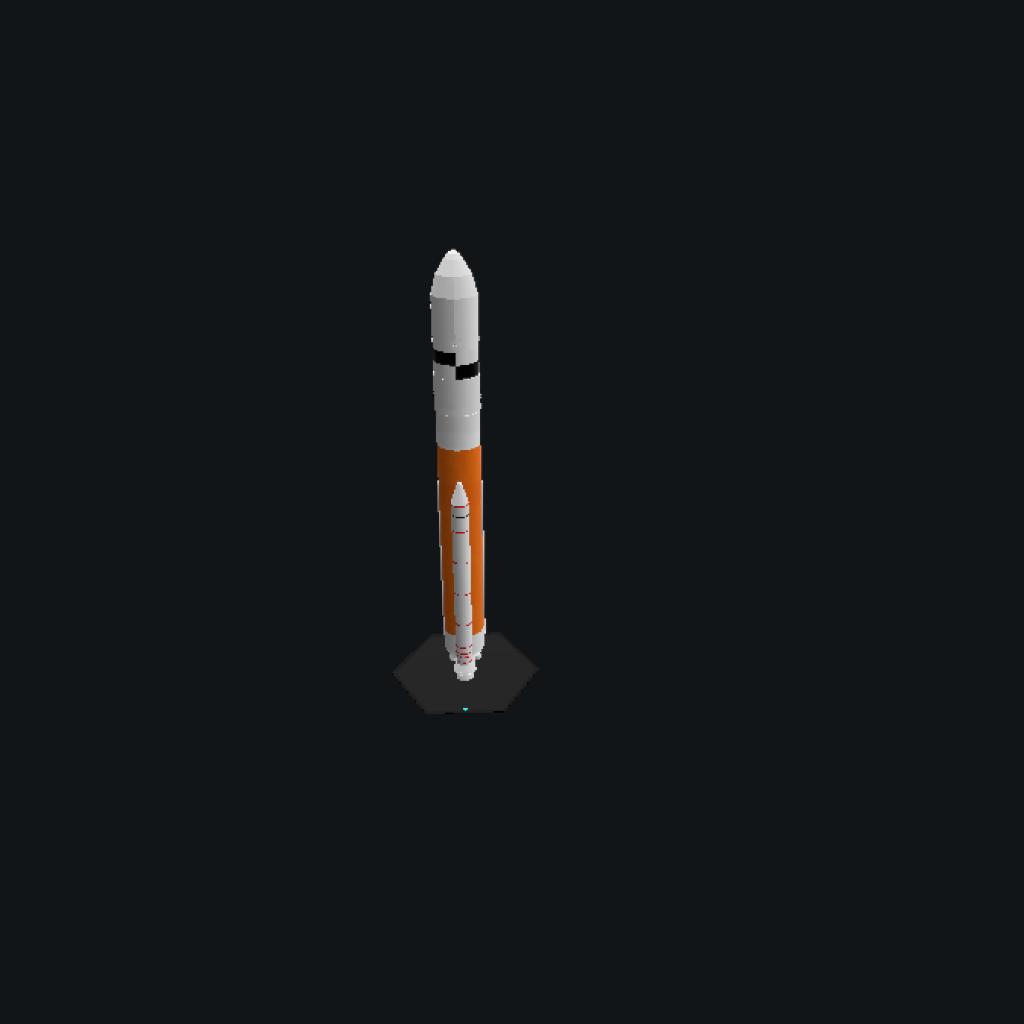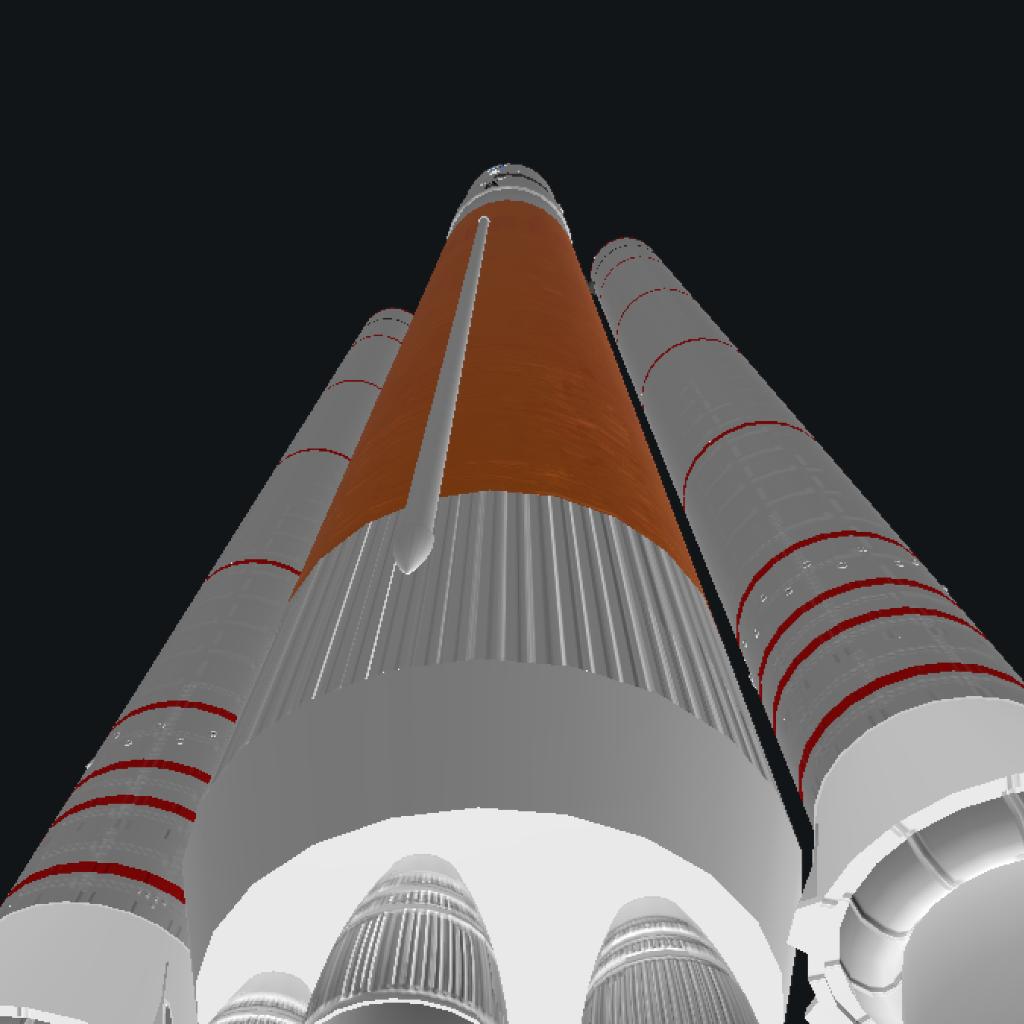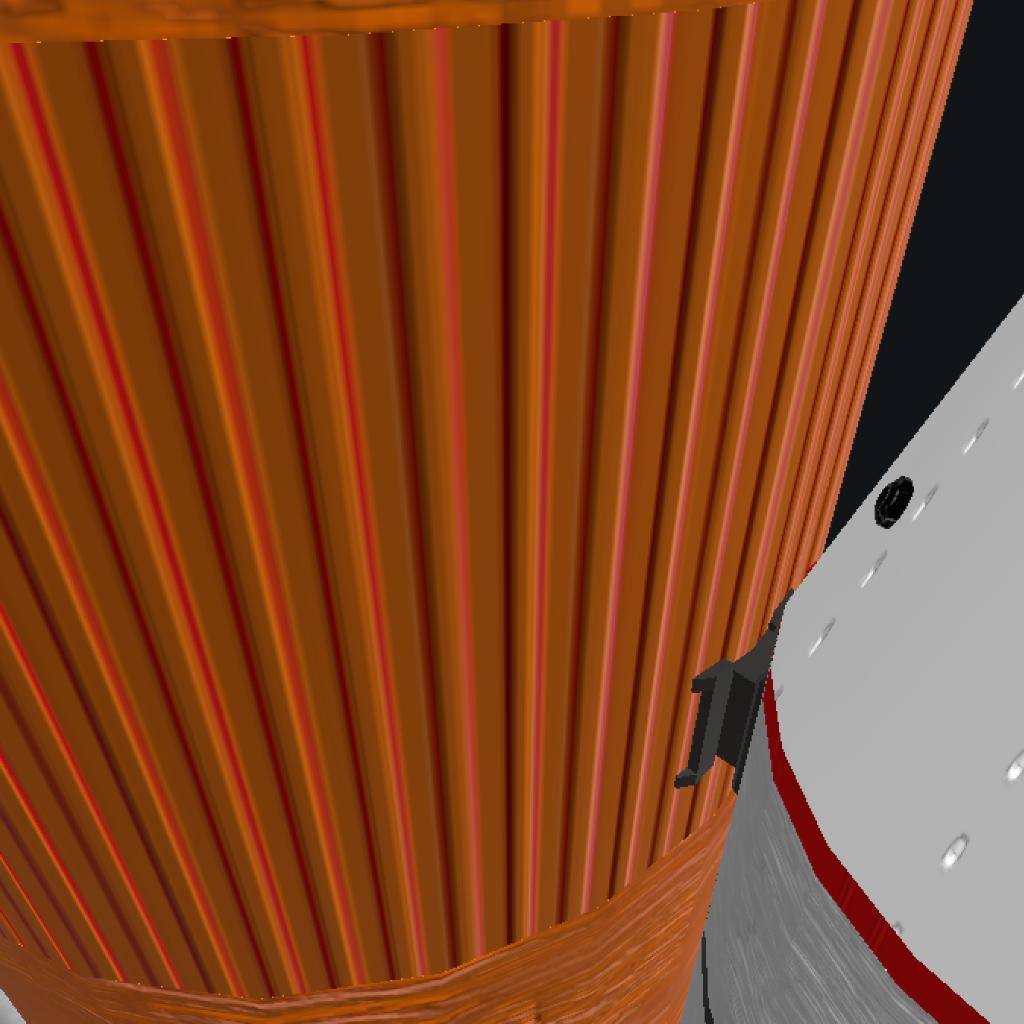Delta-v (more known as "change in velocity"), symbolized as ?v and pronounced delta-vee, as used in spacecraft flight dynamics, is a measure of the impulse per unit of spacecraft mass that is needed to perform a maneuver such as launching from or landing on a planet or moon, or an in-space orbital maneuver. It is a scalar that has the units of speed. As used in this context, it is not the same as the physical change in velocity of the vehicle.
As a simple example, take a conventional rocket-propelled spacecraft which achieves thrust by burning fuel. The spacecraft's delta-v is the change in velocity that spacecraft can achieve by burning its entire fuel load.
Delta-v is produced by reaction engines, such as rocket engines, and is proportional to the thrust per unit mass and the burn time. It is used to determine the mass of propellant required for the given maneuver through the Tsiolkovsky rocket equation.
For multiple maneuvers, delta-v sums linearly.
For interplanetary missions, delta-v is often plotted on a porkchop plot, which displays the required mission delta-v as a function of launch date.
GENERAL INFO
- Created On: Android
- Game Version: 0.9.704.0
- Price: $296,701k
- Number of Parts: 878
- Dimensions: 124 m x 13 m x 23 m
PERFORMANCE
- Total Delta V: 13.7km/s
- Total Thrust: 62.7MN
- Engines: 13
- Wet Mass: 2.08E+6kg
- Dry Mass: -671,565kg
STAGES
| Stage | Engines | Delta V | Thrust | Burn | Mass |
|---|---|---|---|---|---|
| 1 | 8 | 6.2km/s | 45.7MN | 2.5m | 2.08E+6kg |
| 2 | 0 | 0m/s | 0N | 0s | 1.74E+6kg |
| 3 | 1 | 2.8km/s | 5.9MN | 3.3m | 5.96E+5kg |
| 5 | 1 | 2.0km/s | 5.2MN | 70s | 2.47E+5kg |
| 6 | 1 | 2.8km/s | 3.2MN | 29s | 52,046kg |








